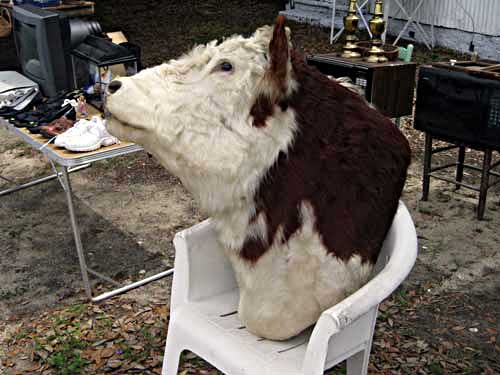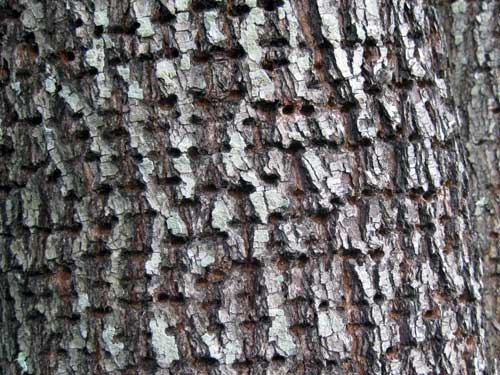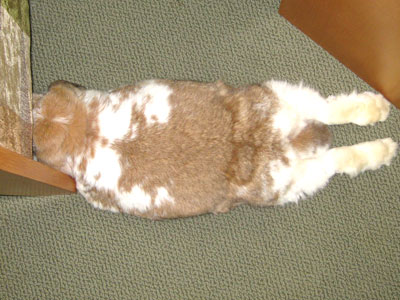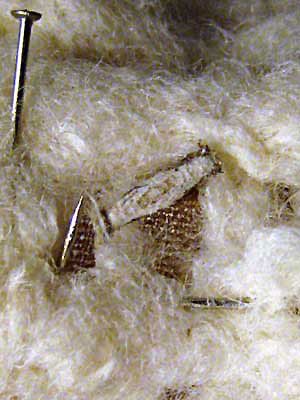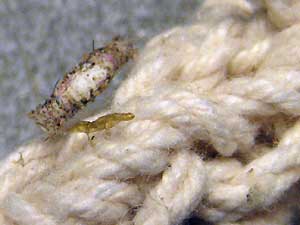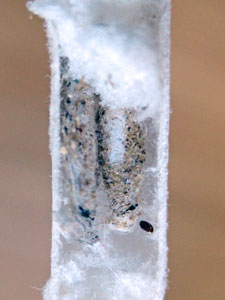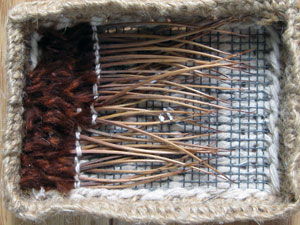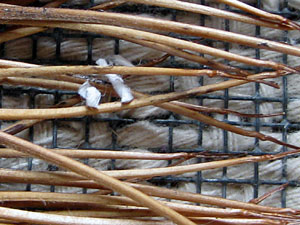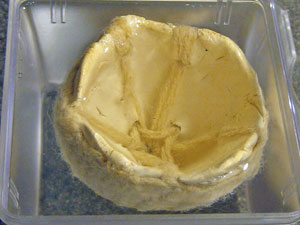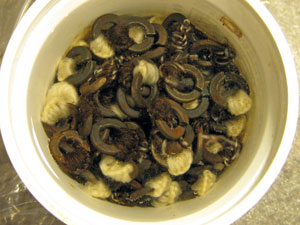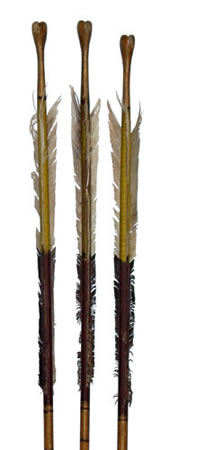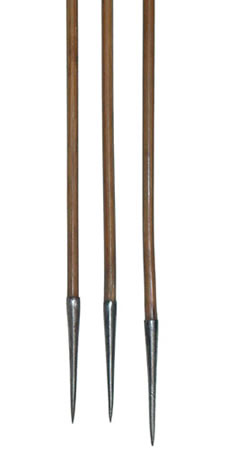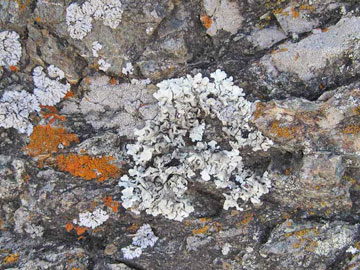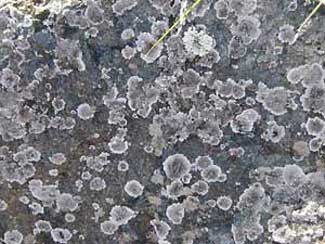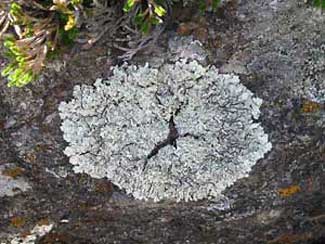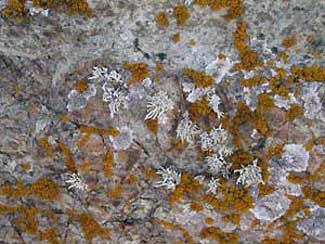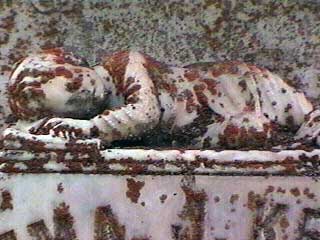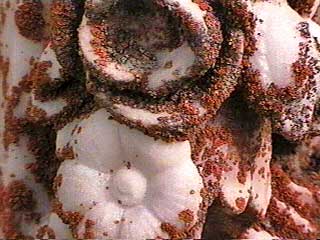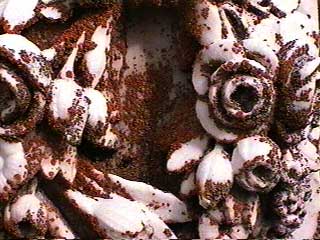I’m not keen on soft bodied critters. When I was a kid living near the Scioto River it was not uncommon for snakes to take up residence around our house. Alligator lizards often live in my gardens. The first sighting gives me a fright, until I know to expect them. There is a great fact sheet that I plan to read for future lizard encounters.

This image is from the San Diego Zoo website.
When I found tadpoles in a concrete drainage ditch that was very nearly dry, I debated about taking on the responsibility of their care. Before I could decide, my husband had scooped them up and put them a large plastic tray in the courtyard.
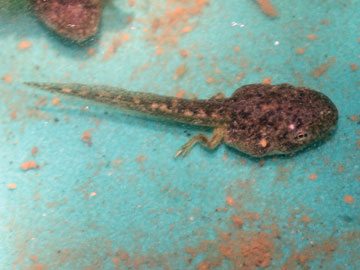
Tadpole in New Digs
The green goop was scooped up with them from the drainage ditch.
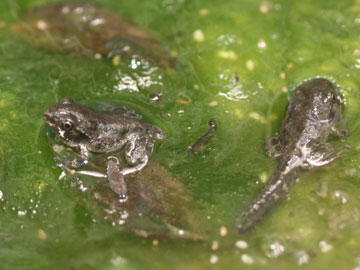
Transition
When some of the tadpoles evolved to having legs and shortened tails we placed a couple of rocks in their container. Eventually they were moved to a different container with less water.
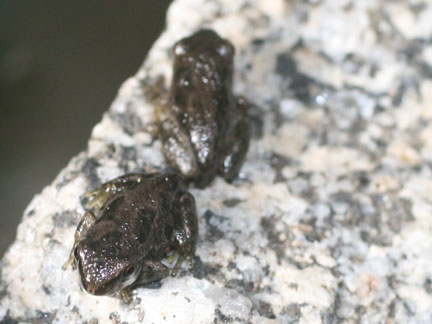
Legs and Shortened Tails
This is the first little one to leave the container. Notice the color change.

Perched
I didn’t want to touch or scare him, so I moved my to-be-planted 6-pack of alyssum to within hopping distance. He hopped right in and eventually was followed by several other little guys.
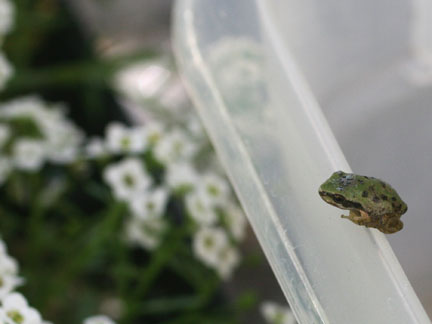
First to Leave
What I Learned–
Before you take on the responsibility for other living creatures find out everything you can. Your good intentions should not cause harm.
A few sites I visited–
Virus Which Causes Sudden Death and Deformities
Identifying California Frogs and Toads
Raising Tadpoles through Adulthood
